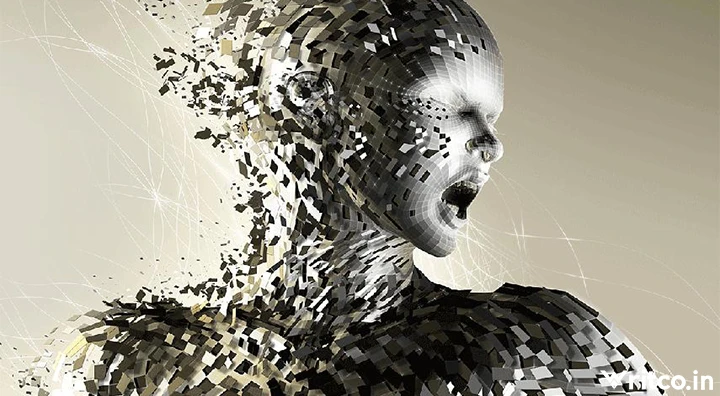Code Red: Pandemic
#WritcoStoryPrompt80
The mysterious disease, known as "The Silent Killer," had been baffling doctors and scientists for centuries. Its cause was unknown, and its symptoms were unlike anything seen before. The disease seemed to strike at random, affecting people from all walks of life.
In an effort to finally understand and combat the disease, a team of 100 top doctors and scientists from around the world gathered at a state-of-the-art research facility. They were determined to crack the code and find a cure.
On the first day of the study, the team...
The mysterious disease, known as "The Silent Killer," had been baffling doctors and scientists for centuries. Its cause was unknown, and its symptoms were unlike anything seen before. The disease seemed to strike at random, affecting people from all walks of life.
In an effort to finally understand and combat the disease, a team of 100 top doctors and scientists from around the world gathered at a state-of-the-art research facility. They were determined to crack the code and find a cure.
On the first day of the study, the team...




